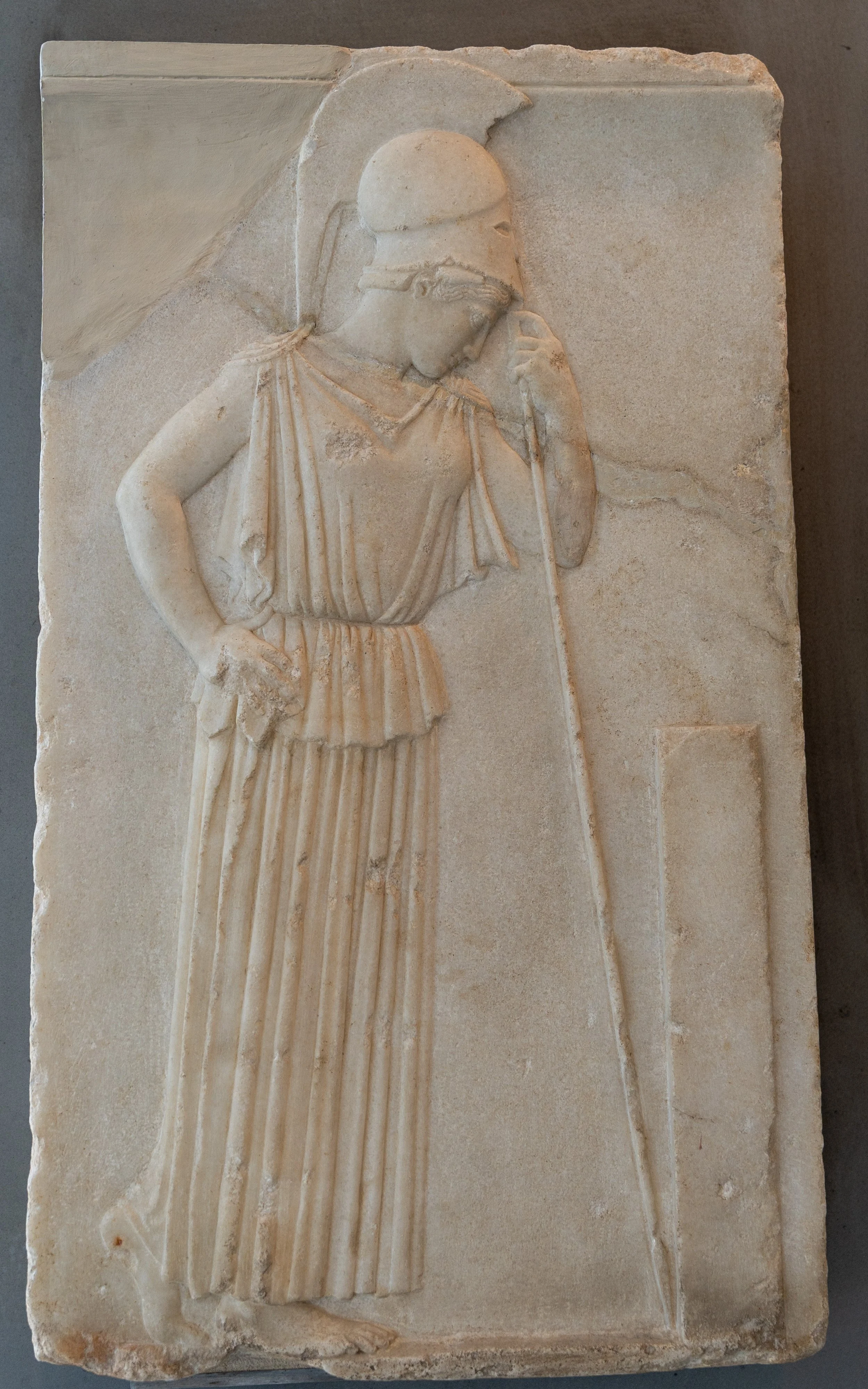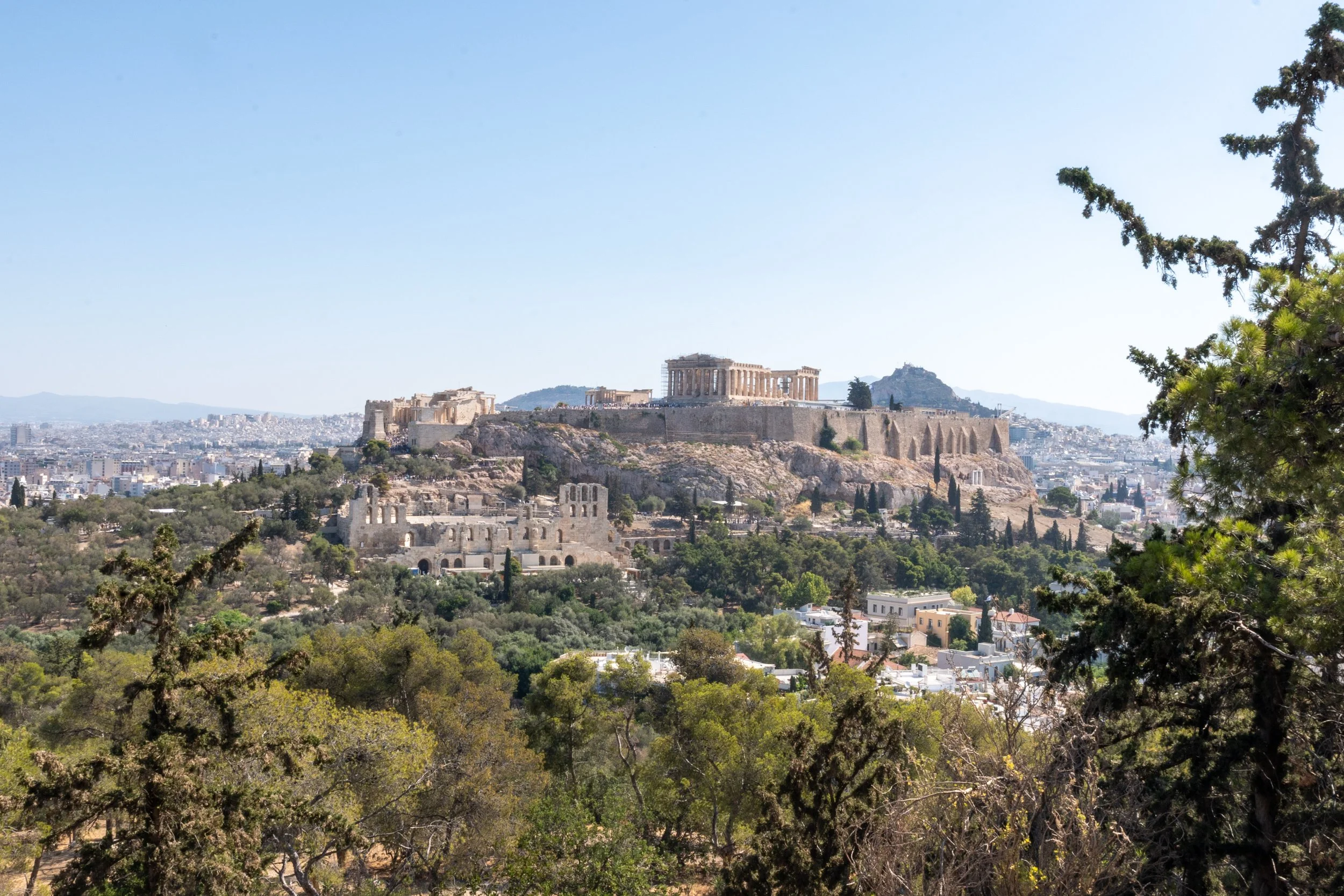The Parthenon - Athens, Greece
“I say that as a city, we are the school of the world.”
— Pericles, Funeral Oration
Victory has a way of revealing what a city is really made of. The Athenian victory in the Persian Wars didn’t just preserve the city—it propelled it into leadership, laying the groundwork for its golden age. Athens emerged victorious and elevated. The spoils of war, both literal and symbolic, fueled a cultural explosion: drama, philosophy, sculpture, architecture. It was an era defined by power and vision. And at the heart of that vision stood the Parthenon.
What made it remarkable wasn’t just its size or cost (though it was massive and expensive). It was the precision. The subtlety. The intention behind every column and stone. There are almost no straight lines in the Parthenon. The columns swell slightly in the middle (entasis), and the base curves gently. These distortions counteract optical illusions, making the structure appear perfectly straight to the human eye. It was designed not for math, but for how we see.
And yet, the Parthenon wasn’t just a work of art—it was a political statement. Funded by the Delian League, a wartime alliance turned Athenian revenue stream, it was a bold display of dominance. Art became diplomacy. Architecture became soft power. The Parthenon told the rest of Greece: Athens leads now.
Even in ruins, it remains one of the most iconic structures in human history. Architects still study its proportions. Artists still draw from its ideals.
Tourists still climb the Acropolis to catch a glimpse of what it meant to build something for the ages.
Its survival through war, explosion, looting, and time is a tribute to the spirit of Athens. Yet it was also a show of confidence—designed by elites, towering over a city that knew its influence. The Parthenon wasn’t just a celebration of what Athens was; it was a projection of what it wanted to be.
That mattered, because in Athens, greatness wasn’t inherited—it was made. The city believed in effort, debate, and shaping citizens through participation.
In his Funeral Oration, Pericles captured that spirit when he said:
“We are called a democracy, for the power is in the hands of the many than in the few. What counts is not a person’s class, but their merit. I say that as a city, we are the school of the world.”
The Parthenon was the classroom. The lesson? That culture can be power. That form can carry meaning. That vision, shaped and carved into stone, can still speak.






